Html Tutorial
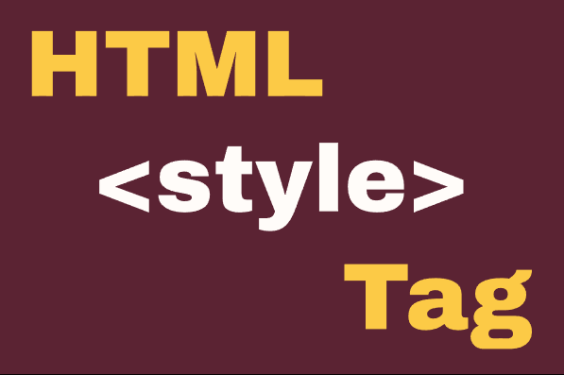
HTML <style> Element
The <style> HTML element contains style information for a document, or part of a document. It contains CSS rules t...
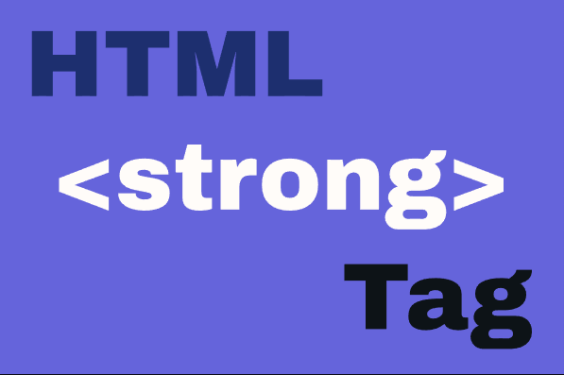
HTML <strong> Element
The <strong> element is used to indicate that its content has strong importance, seriousness, or urgency. Browsers...
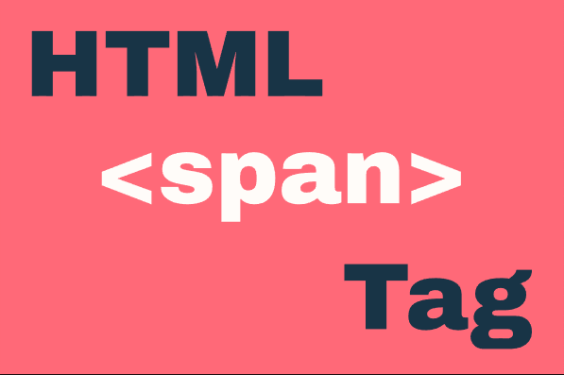
HTML <span> Element
The <span> element is an inline container used to mark up a part of a text or document. Unlike block-level element...
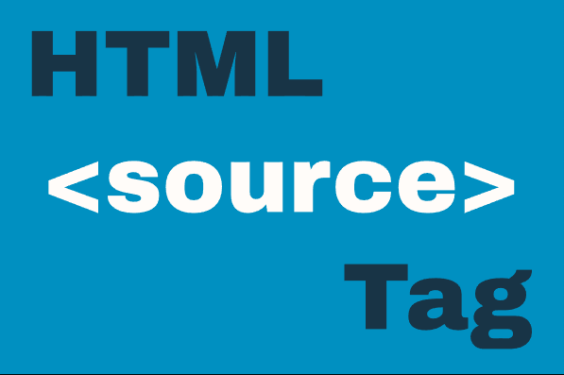
HTML <source> Element
The <source> element is used to specify multiple media resources for media elements like <audio>, <video&...
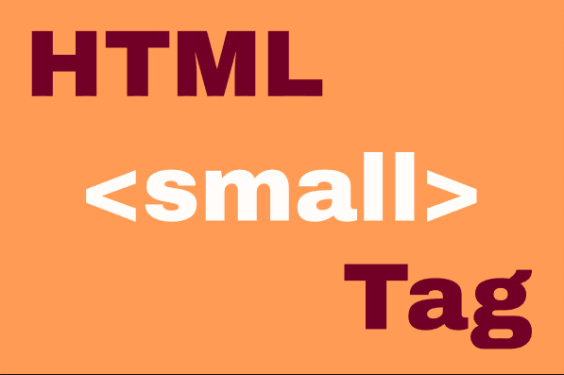
HTML <small> Element
The <small> element is used to represent side-comments and small print, typically for disclaimers, caveats, legal ...
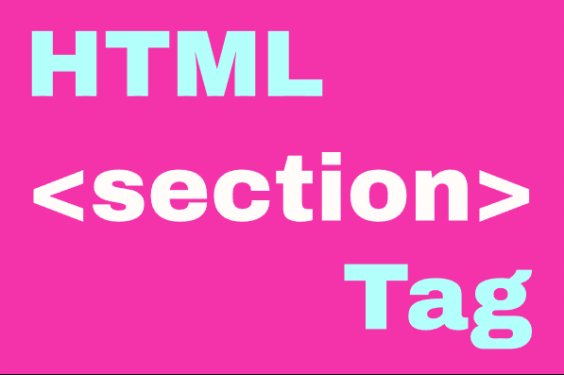
HTML <section> Element
HTML <section> Element: The Complete Guide The <section> element is a semantic HTML tag used to define them...
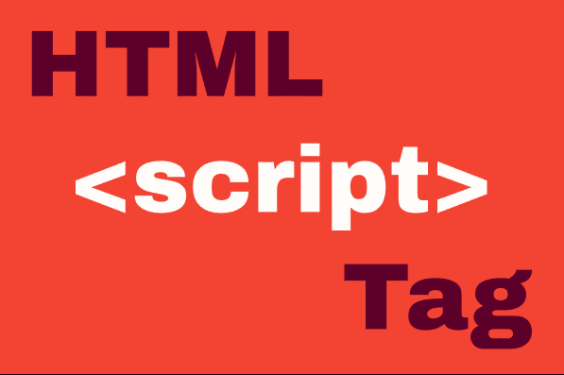
HTML <script> Element
The <script> HTML element is used to embed or reference executable code, typically JavaScript, within an HTML docu...
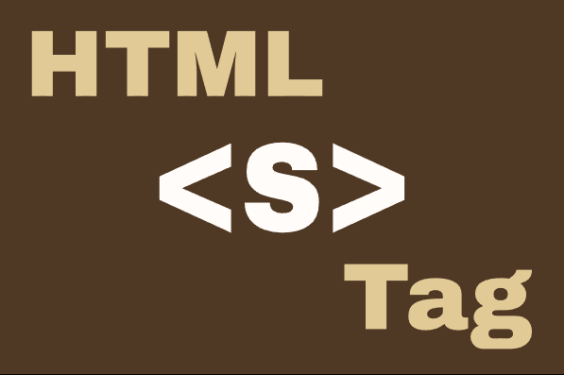
HTML <s> Element
The <s> element is used to represent text that is no longer accurate or relevant, typically displayed with a strik...
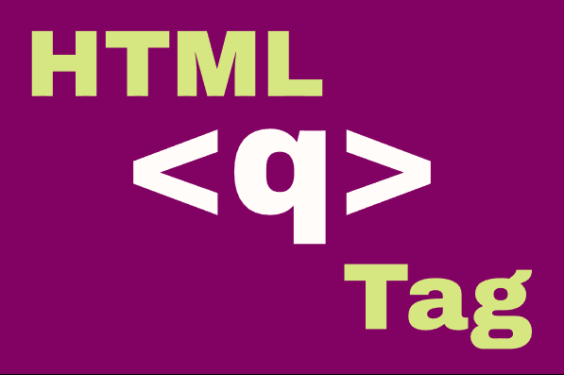
HTML <q> Element
The <q> tag in HTML is used to define a short inline quotation. Browsers usually render the content insi...
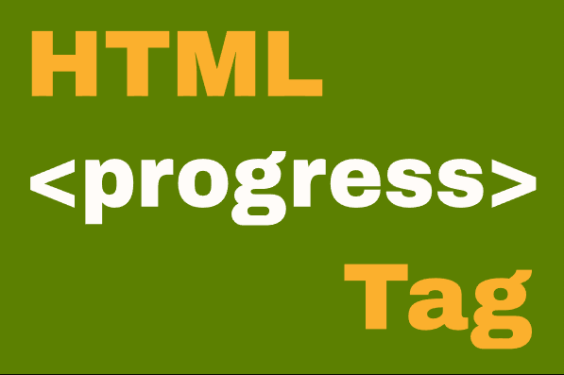
HTML <progress> Element
The <progress> element in HTML is used to represent the completion progress of a task. It provides a vis...
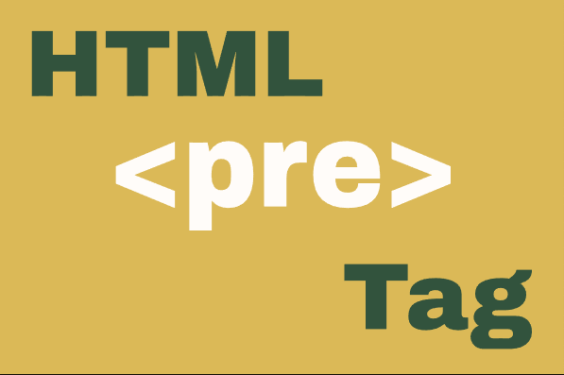
HTML <pre> Element
The HTML <pre> Element: Preserving Text Formatting The <pre> element in HTML defines preformatted text. Tex...
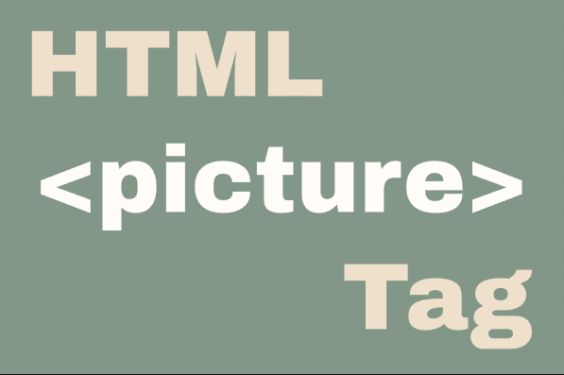
HTML <picture> Element
The HTML <picture> element serves as a container for zero or more <source> elements and one <img> elem...